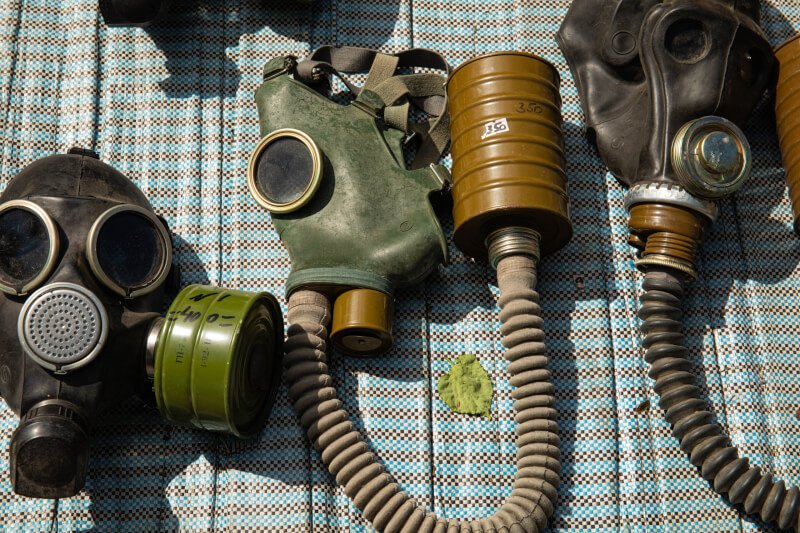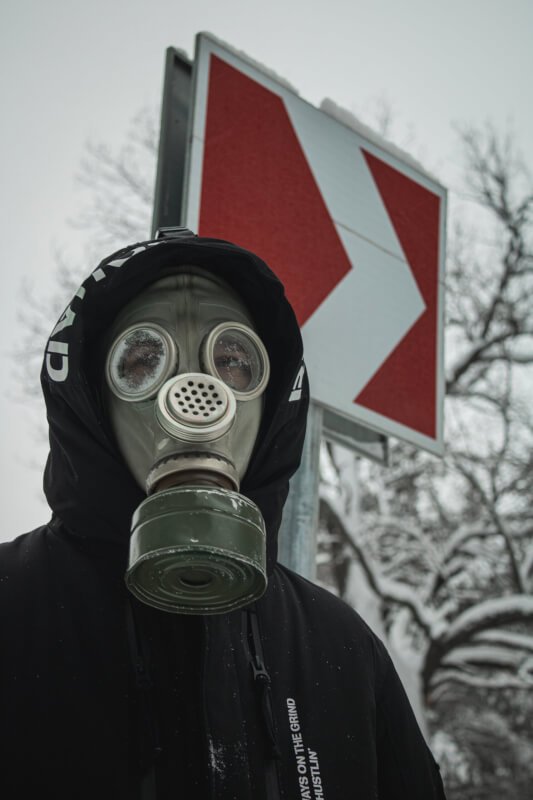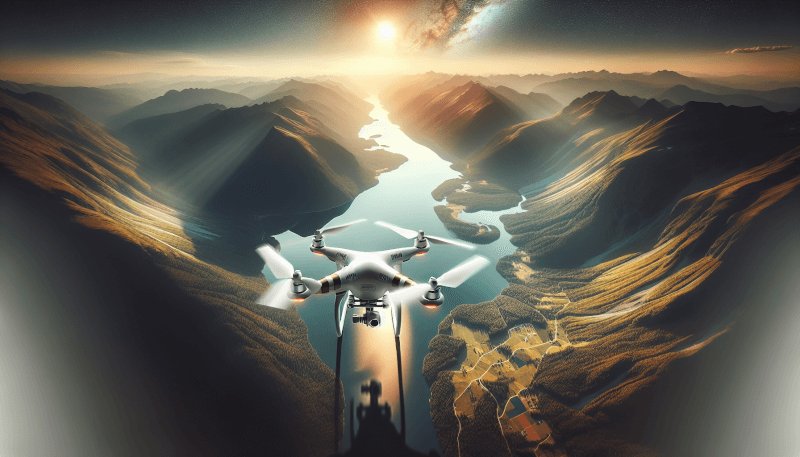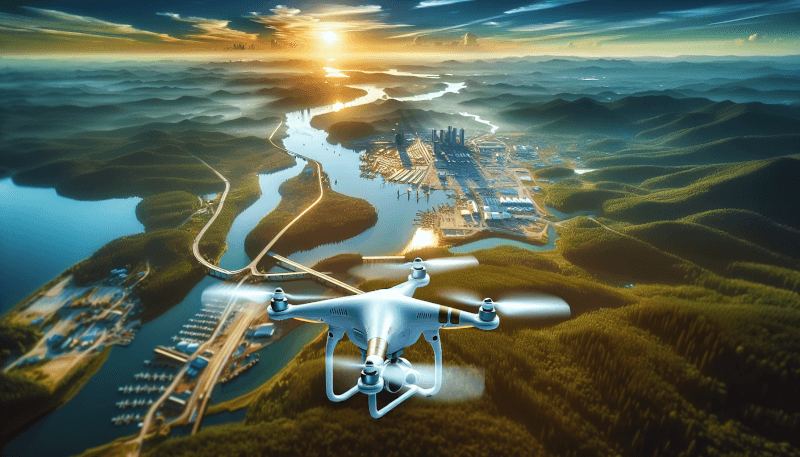So, you’ve gotten your hands on a shiny new drone and you’re eager to take it to the skies. But before you do, it’s important to know the ins and outs of flying a drone safely and within the boundaries of the law. In this beginner’s guide, we’ll walk you through everything you need to know to ensure a smooth and responsible drone flying experience. From understanding the basics of drone operation to familiarizing yourself with airspace regulations, we’ve got you covered. Get ready to soar through the skies with confidence and peace of mind!

Understanding Drone Laws
Drone laws vary from country to country, so it’s essential to know the regulations in your specific location before you start flying. Familiarize yourself with the local drone laws to ensure that you are operating within the legal boundaries. This will not only keep you out of trouble but also ensure the safety of yourself and others around you.
Know the drone laws in your country
Start by researching the drone laws in your country. Check the requirements for registration, licensing, and permits. Some countries may have strict regulations on flying drones, especially in populated areas or near airports. Understanding the rules and regulations will help you navigate the legal aspects of drone ownership.
Registering your drone
In many countries, drones above a certain weight threshold need to be registered with the aviation authority. Registering your drone is a straightforward process and usually involves providing your contact information, drone specifications, and paying a small fee. By registering, you not only comply with the regulations but also make it easier to recover your drone in case of loss or theft.
Obtaining necessary permits or licenses
Depending on your location and the purpose of your drone flights, you may need to obtain additional permits or licenses. Some countries require special permission for commercial drone operations or flying in restricted airspace. Familiarize yourself with the requirements and ensure that you have the necessary authorizations before conducting any flights.
Choosing the Right Drone
Selecting the right drone for your needs and skill level is crucial for an enjoyable and safe flying experience. With a wide range of options available, it’s essential to consider several factors before making a purchase.
Consider your skill level
If you’re a beginner, it’s advisable to start with a drone that is easy to fly and has extensive stability features. Beginner-friendly drones typically have built-in flight modes that assist with takeoffs, landings, and general flying maneuvers. As you gain experience and confidence, you can upgrade to more advanced models.
Understanding different types of drones
Drones come in various designs and sizes, each suited for different purposes. Some drones are designed for aerial photography, while others focus on racing or recreational flying. Decide what you intend to use your drone for and research the specific features and capabilities required for that purpose. This will help you narrow down the options and find a drone that fits your needs.
Features to look for in a beginner-friendly drone
A beginner-friendly drone should have features that promote ease of use and safety. Look for drones with a stabilized camera, obstacle avoidance sensors, and automated flight modes. These features can help prevent accidents and assist with capturing smooth and stable footage.
Pre-flight Checklist
Before every flight, it’s essential to perform a pre-flight checklist to ensure that your drone is in optimal condition and that you are prepared for a safe and successful flight.
Checking weather conditions
Check the weather forecast before flying. Avoid flying in strong winds, rain, or excessively hot or cold temperatures. Adverse weather conditions can affect the stability and performance of your drone, increasing the risk of accidents. Always prioritize safety and choose clear, calm days for flying.
Selecting an appropriate flying location
Choose a flying location that complies with the local laws and regulations. Avoid flying in restricted areas, near airports, or crowded spaces. Look for open areas with minimal obstacles and ensure that you have enough space to maneuver your drone safely. Prioritize locations that offer clear line of sight and minimal interference from trees or buildings.
Inspecting the drone for any damages
Inspect your drone before each flight to ensure that it is in good working condition. Check for any visible damages, loose parts, or malfunctioning components. Pay particular attention to the propellers, battery, and camera, as these are key areas that can affect flight performance. If you notice any issues, address them before taking off.
Learning to Fly
Flying a drone may seem daunting at first, but with practice and patience, you can become proficient in maneuvering your drone safely and effectively.
Understanding the drone’s controls
Take the time to familiarize yourself with the controls of your drone. Study the user manual and understand how each control input affects the drone’s movement. Practice basic maneuvers such as ascending, descending, hovering, and turning. Gradually build your skills and confidence before attempting more advanced flight techniques.
Practicing basic flight maneuvers
Start with simple flight maneuvers such as flying in straight lines, circles, and figure-eight patterns. Practice maintaining a consistent altitude and smooth control inputs. As you become more comfortable, try flying in different orientations and experiment with more complex maneuvers. Remember to always prioritize safety and start with a large open area until you gain confidence in your abilities.
Preventing crashes and collisions
To prevent crashes and collisions, always maintain a clear line of sight with your drone. Keep your eyes on the drone at all times and avoid relying solely on the camera feed. Practice flying at a safe distance from obstacles and gradually increase the complexity of your flights as your skills improve. Be cautious when flying near people or animals and give them ample space to ensure everyone’s safety.

Safety Precautions
Ensuring the safety of yourself, others, and the surrounding environment is paramount when flying a drone. Adhering to safety precautions will help minimize the risks and promote responsible drone operation.
Maintaining line of sight with the drone
Maintaining visual contact with your drone is crucial for safe operation. Always keep your drone within your line of sight and avoid flying it beyond your visual range. This will allow you to respond quickly to any potential hazards or emergencies and maintain control over your drone at all times.
Avoiding flying near airports or crowded areas
Flying near airports or crowded areas is not only dangerous but also illegal in many jurisdictions. Drones can pose a risk to manned aircraft, and flying in restricted airspace can result in heavy fines or legal consequences. Always respect the boundaries and fly in designated areas away from airports and densely populated areas.
Being aware of privacy concerns
Respect the privacy of others when flying your drone. Avoid recording or photographing people without their consent, especially in private spaces. Be mindful of the laws and regulations regarding privacy in your country and obtain any necessary permissions before capturing footage in sensitive areas.
Understanding Airspace Restrictions
Airspace is divided into different categories, each with its own set of regulations and restrictions. Understanding these restrictions is essential for safe and legal drone operation.
Different types of airspace
Airspace is typically divided into controlled airspace and uncontrolled airspace. Controlled airspace includes areas near airports, where air traffic control manages and regulates the movement of aircraft. Drones are generally not allowed to fly in controlled airspace without special permission. Uncontrolled airspace, on the other hand, has fewer restrictions and is often designated for recreational drone flights.
Flight restrictions near sensitive locations
Certain locations, such as government buildings, military installations, and national parks, may have additional flight restrictions. These restrictions are in place to protect sensitive infrastructure, wildlife, and the environment. Always research and respect any flight restrictions in the areas you plan to fly your drone.
Using geo-fencing technology
Geo-fencing technology is an essential feature in many drones that helps enforce airspace restrictions. This technology uses GPS coordinates to create virtual boundaries, preventing drones from flying into restricted areas. Make sure your drone’s software and firmware are up to date to ensure that the geo-fencing features are functioning correctly.

Battery Management
Proper battery management is crucial for a safe and successful drone flight. Understanding how to charge, store, and monitor your drone batteries will prolong their lifespan and minimize the risk of accidents.
Charging and storing drone batteries safely
Follow the manufacturer’s instructions for charging your drone batteries. Use the provided charger and avoid using third-party chargers unless approved by the manufacturer. Never leave your batteries unattended while charging, and ensure that they are stored in a cool and dry place away from flammable materials.
Understanding flight time and battery limitations
Each drone has a specific flight time, which refers to the maximum duration the drone can stay in the air on a single charge. It’s essential to understand the flight time of your drone and plan your flights accordingly. Avoid pushing your drone’s battery to its limits and land well before the battery level reaches critical levels to prevent unexpected power loss mid-flight.
Avoiding battery-related accidents
Check your drone’s battery for any signs of damage or swelling before each flight. Do not use a damaged or swollen battery, as it can pose a safety hazard. If you notice any issues with your batteries, replace them immediately. When handling and transporting batteries, always follow the manufacturer’s guidelines to prevent short circuits or fire accidents.
Capturing Great Footage
One of the key attractions of drone ownership is the ability to capture stunning aerial footage. With a few tips and techniques, you can take your drone videography to the next level.
Mastering camera controls and settings
Take the time to understand your drone’s camera settings and controls. Experiment with different shooting modes, exposure settings, and white balance to achieve the desired look in your footage. Practice adjusting the camera tilt and pan angles to capture dynamic and visually pleasing shots.
Choosing the right camera angle and composition
Consider the composition and framing when capturing aerial footage. Experiment with different camera angles and perspectives to add depth and interest to your shots. Follow the rule of thirds and establish a visual hierarchy in your footage. By paying attention to composition, you can create visually stunning and engaging footage.
Editing and post-processing drone footage
After capturing your footage, take the time to edit and post-process it to enhance its visual appeal. Use video editing software to trim and combine clips, add transitions, and incorporate music or voiceovers. Adjust the color grading and apply filters to achieve the desired look. Editing your footage will help create a polished and professional final product.

Dealing with Emergencies
Emergencies can happen unexpectedly while flying a drone. Being prepared and knowing how to respond to potential emergencies is crucial for a safe and successful flight.
Handling flyaways and signal loss
Flyaways, where the drone flies away from the operator’s control, can occur due to signal loss or other technical issues. If your drone experiences a flyaway, remain calm and try to regain control by reducing throttle and adjusting the control inputs. If the drone continues to fly away, remember to prioritize the safety of yourself and others and avoid attempting risky maneuvers to recover the drone.
Emergency landing procedures
In certain situations, an emergency landing may be necessary. If your drone’s battery is critically low or if you encounter an obstacle that prevents a safe return, activate the emergency landing feature if available. Clear the area of people or objects that could be potentially harmed during the landing. Always be prepared for emergency situations and have a plan in place to handle them safely.
Having a backup plan in case of equipment failure
Equipment failure can happen, even with the most well-maintained drones. It’s essential to have a backup plan in case of unexpected failures. Consider carrying spare batteries, propellers, and other essential parts to ensure that you can continue flying even in the event of a minor equipment failure. Take steps to regularly maintain and inspect your drone to minimize the risk of equipment failure.
Respecting the Environment
As a responsible drone operator, it’s essential to minimize the impact on the environment and respect wildlife and natural habitats.
Minimizing noise pollution
Drones can be noisy, especially when flying in close proximity to people or animals. Minimize noise pollution by avoiding flying near residential areas or wildlife habitats. Consider using propeller guards or quieter propellers to reduce the noise output of your drone. Respecting noise levels will help minimize disturbances and create a more harmonious environment.
Avoiding disturbances to wildlife
When flying in natural environments, be mindful of the impact on wildlife. Avoid flying too close to animals or disturbing their natural behaviors. Respect regulations regarding protected species or nature reserves and follow guidelines on flying distances and altitude restrictions. Remember that the well-being of wildlife should take precedence over capturing footage.
Proper drone disposal and environmental responsibility
When the time comes to retire your drone or its components, ensure that they are disposed of properly. Drones contain lithium-ion batteries and other electronic components that can be harmful to the environment if not handled correctly. Research proper disposal methods and recycle any recyclable materials. By being environmentally responsible, you contribute to the preservation and sustainability of our planet.
By understanding drone laws, choosing the right drone, practicing pre-flight checklists, learning to fly safely, and respecting safety precautions and the environment, you can enjoy the thrill and creativity of drone flying while ensuring the safety of yourself and others. Follow these guidelines, stay informed, and fly responsibly for a truly rewarding drone flying experience.



